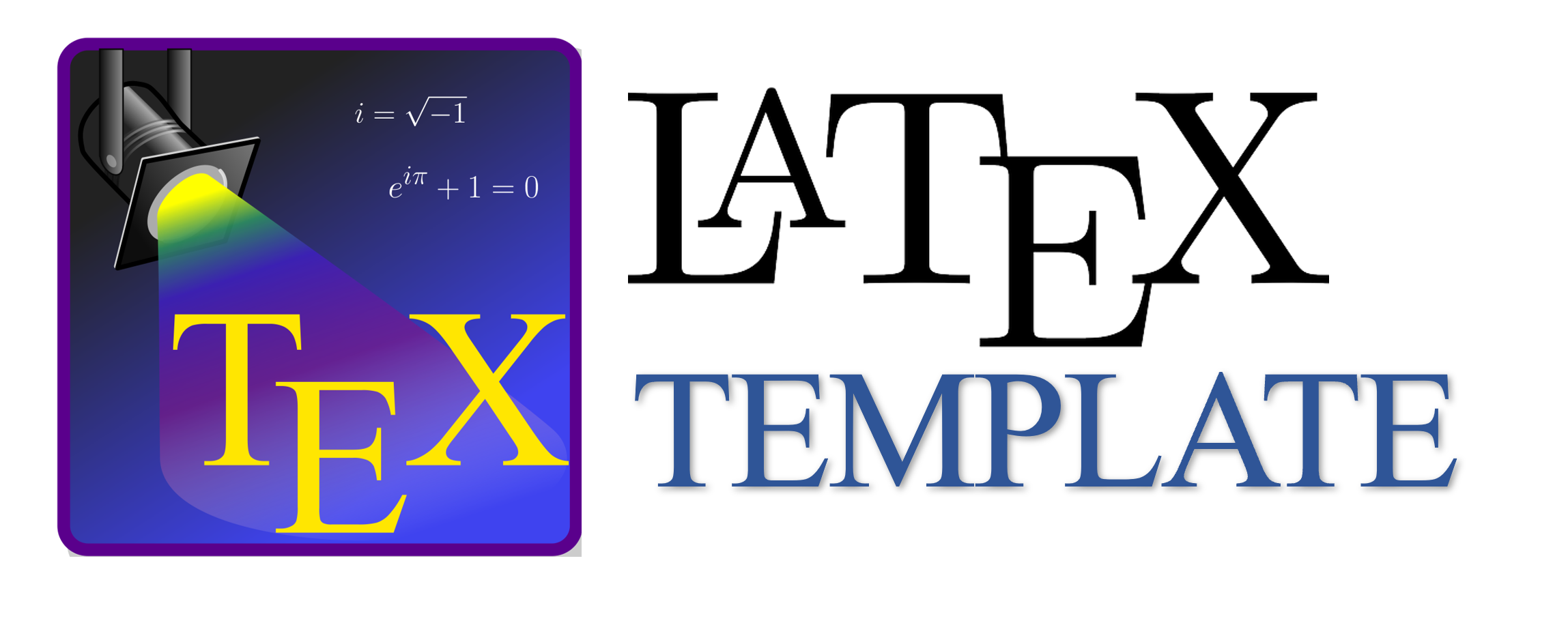Analisis Performa Algoritma K-Nearest Neighbor dan Reduksi Dimensi Menggunakan Principal Component Analysis
Abstract
Keywords
Full Text:
PDFReferences
M. A. Mujib and A. Jatissidi, "Perancangan Buku Ilustrasi Mengenai Panduan Penyakit Deabetes" Pantarei, vol. 5, no. 2, pp. 1-8, 2021.
Kemenkes, Buku Pintar Kader POSBINDU. Jakarta: Direktorat Jenderal Pencegahan dan Pengendalian Penyakit, 2019.
R. Firliana, R. Wulanningrum, and W. Sasongko, "Implementasi Principal Component Analysis (PCA) Untuk Pengenalan Wajah Manusia" Nusantara of Engineering, vol. 2, no. 1, pp. 65-69, 2015.
E. Joko and S. Suparman, "Reduksi Dimensi untuk Meningkatkan Performa Metode Fuzzy Klastering pada Big Data" Science, Technology, Engineering, Economics, Education, and Mathematics, vol. 1, no. 1, pp. 27-36, 2020.
J. F. Hair, "Multivariate Data Analysis: An Overview" in International Encyclopedia of Statistical Science. Berlin, Heidelberg: Springer Berlin Heidelberg, 2011, pp. 904-907, doi: 10.1007/978-3-642-04898-2 395.
W. K. Hardle and L. Simar, ¨ Applied Multivariate Statistical Analysis. Berlin, Heidelberg: Springer Berlin Heidelberg, 2015, doi: 10.1007/978-3-662-45171-7.
I. T. Jolliffe, Principal Component Analysis, ser. Springer Series in Statistics. New York: Springer-Verlag, 2002, doi: 10.1007/b98835.
R. A. Johnson and D. W. Wichern, Applied Multivariate Statistical Analysis, 5th ed. London: Pearson Education Inc., 2002.
M. Wangge, "Penerapan Metode Principal Component Analysis (PCA) Terhadap Faktorfaktor yang Mempengaruhi Lamanya Penyelesaian Skripsi Mahasiswa Program Studi Pendidikan Matematika FKIP UNDANA" Jurnal Cendekia : Jurnal Pendidikan Matematika, vol. 5, no. 2, pp. 974-988, apr 2021, doi: 10.31004/cendekia.v5i2.465.
T. Rahmawati, "Aplikasi Principal Component Analysis (Pca) Untuk Mereduksi FaktorFaktor Yang Berpengaruh Dalam Peramalan Konsumsi Listrik" Teknomatika, vol. 7, no. 1, pp. 31-41, 2014.
T. Saepurohman and B. E. Putro, "Analisis Principal Component Analysis (PCA) Untuk Mereduksi Faktor-Faktor yang Mempengaruhi Kualitas Kulit Kikil Sapi" in Seminar dan Konferensi Nasional IDEC 2019, Surakarta, 2019.
F. Fitrianingsih and S. Sugiyarto, "Implementasi Analisa Komponen Utama untuk Mereduksi Variabel yang Mempengaruhi Perbaikan pada Fungsi Ginjal Tikus" Jurnal Ilmiah Matematika, vol. 6, no. 2, pp. 62-68, oct 2019, doi: 10.26555/konvergensi.v6i2.19549.
M. S. Noya van Delsen, A. Z. Wattimena, and S. Saputri, "Penggunaan Metode Analisis Komponen Utama Untuk Mereduksi Faktor-Faktor Inflasi di kota Ambon" BAREKENG: Jurnal Ilmu Matematika dan Terapan, vol. 11, no. 2, pp. 109-118, dec 2017, doi: 10.30598/barekengvol11iss2pp109-118.
Yu-Wei and D. Chiu, Machine Learning with R Cookbook. Birmingham: Packt Publishing, 2015.
T. Cover and P. Hart, "Nearest neighbor pattern classification" IEEE Transactions on Information Theory, vol. 13, no. 1, pp. 21-27, jan 1967, doi: 10.1109/TIT.1967.1053964.
A. Setiawan, "Perbandingan Penggunaan Jarak Manhattan, Jarak Euclid, dan Jarak Minkowski dalam Klasifikasi Menggunakan Metode KNN pada Data Iris" Jurnal Sains dan Edukasi Sains, vol. 5, no. 1, pp. 28-37, may 2022, doi: 10.24246/juses.v5i1p28-37.
M. R. Alghifari and A. P. Wibowo, "Penerapan Metode K-Nearest Neighbor Untuk Klasifikasi Kinerja Satpam Berbasis Web" Jurnal Teknologi dan Manajemen Informatika, vol. 5, no. 1, pp. 1-10, jun 2019, doi: 10.26905/jtmi.v5i1.3074.
A. M. Argina, "Penerapan Metode Klasifikasi K-Nearest Neigbor pada Dataset Penderita Penyakit Diabetes" Indonesian Journal of Data and Science, vol. 1, no. 2, pp. 29-33, jul 2020, doi: 10.33096/ijodas.v1i2.11.
I. A. Angreni, S. A. Adisasmita, M. I. Ramli, and S. Hamid, "Pengaruh Nilai K Pada Metode K-Nearest Neighbor (KNN) Terhadap Tingkat Akurasi Identifikasi Kerusakan Jalan" Rekayasa Sipil, vol. 7, no. 2, pp. 63-70, jan 2019, doi: 10.22441/jrs.2018.v07.i2.01.
M. S. Fajri, N. Septian, and E. Sanjaya, "Evaluasi Implementasi Algoritma Machine Learning K-Nearest Neighbors (kNN) pada Data Spektroskopi Gamma Resolusi Rendah" Al-Fiziya: Journal of Materials Science, Geophysics, Instrumentation and Theoretical Physics, vol. 3, no. 1, pp. 9-14, aug 2020, doi: 10.15408/fiziya.v3i1.16180.
D. Sebastian, "Implementasi Algoritma K-Nearest Neighbor untuk Melakukan Klasifikasi Produk dari beberapa E-marketplace" Jurnal Teknik Informatika dan Sistem Informasi, vol. 5, no. 1, pp. 51-61, may 2019, doi: 10.28932/jutisi.v5i1.1581.
DOI: https://doi.org/10.34312/jjom.v5i1.17098
Copyright (c) 2023 Aldila Dinanti, Joko Purwadi

This work is licensed under a Creative Commons Attribution-NonCommercial 4.0 International License.
Jambura Journal of Mathematics has been indexed by
Jambura Journal of Mathematics (e-ISSN: 2656-1344) by Department of Mathematics Universitas Negeri Gorontalo is licensed under a Creative Commons Attribution-NonCommercial 4.0 International License. Powered by Public Knowledge Project OJS.
Editorial Office
Department of Mathematics, Faculty of Mathematics and Natural Science, Universitas Negeri Gorontalo
Jl. Prof. Dr. Ing. B. J. Habibie, Moutong, Tilongkabila, Kabupaten Bone Bolango, Gorontalo, Indonesia
Email: [email protected].



















